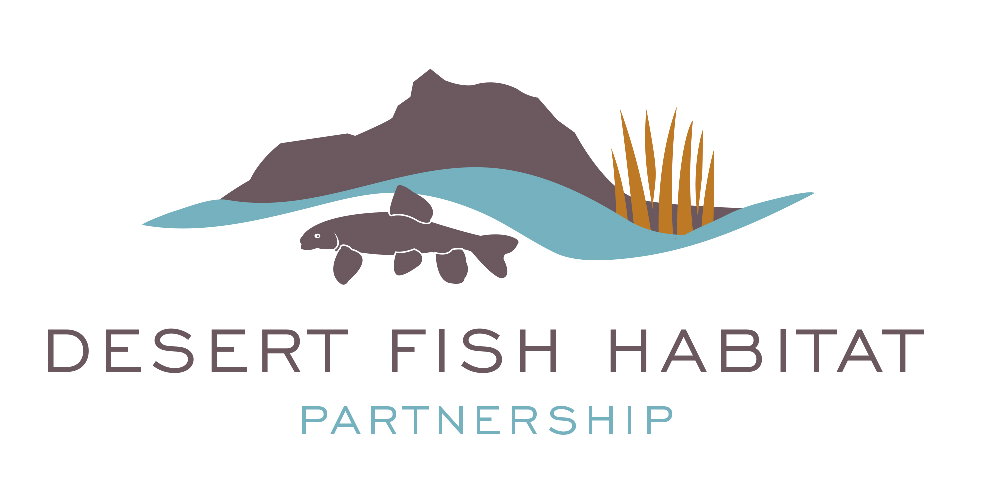
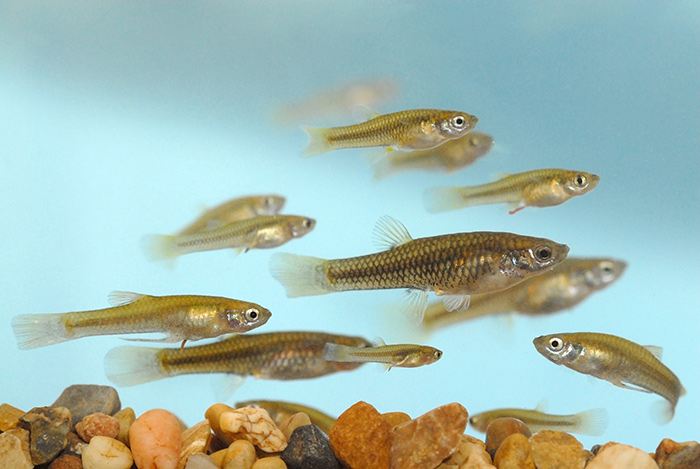
The Desert Fish Habitat Partnership (DFHP) is a public-private partnership focused on conserving aquatic habitats in the arid west for desert fishes and enhancing these unique habitats in cooperation with State, Federal, Tribal, NGO, and private partners and stakeholders with the goal of assisting these partners in accessing resources to implement on-ground projects to benefit desert fish species and the habitats they depend on. The declining status of many desert fishes and the habitat they rely on highlights the importance of preserving these species so that water is available for both native fish and humans into the future.
Formed in 2005, DFHP was recognized as a National Fish Habitat Partnership by the NFHP Board in March 2009 and became an Initiative of the Western Association of Fish and Wildlife Agencies in 2024. DFHP’s geographic scope encompasses the entirety of the Great Basin and Mohave deserts, and those portions of the Sonoran and Chihuahuan deserts that lie within the United States. This includes all or portions of 11 western states and approximately 705,000 square miles. DFHP is one of only two National FHPs focused primarily on non-game native fishes
Since 2009 DFHP has worked with almost 90 partners to direct over $2.2 million in federal fish habitat funds, leveraged with over $11 million federal and non-federal matching dollars to support 70 fish habitat projects in 10 of the 11 states within DFHP’s geographical boundary. In collaboration with our partners, we have removed 15+ barriers to fish passage reconnecting over 200 miles of stream; enhanced, restored, or protected over 300 stream miles; Installed more than 200 instream habitat structures; and enhanced or protected over 8,000 acres of associated riparian and upland habitat.
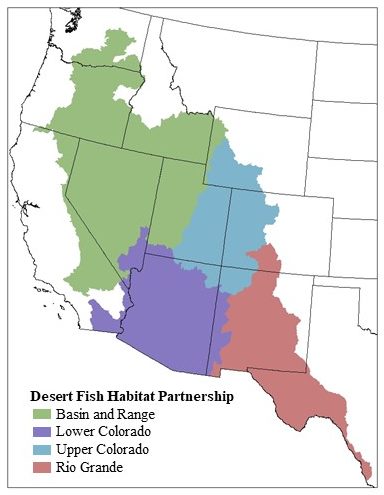
2025 PROJECTS UPDATE
DFHP is excited to announce federal FY25 funding approval for three projects supporting native desert fish conservation. These projects combine $175,000 in National Fish Habitat Partnership project funding with $487,000 in non-federal match and partner funding for a match ratio of almost 3:1!
Wall Canyon Sucker Barrier Project Phase 2
Nevada Department of Wildlife
This project will fund the construction phase of replacing a deteriorating fish barrier structure which protects the only known population of Wall Canyon Sucker in Wall Creek, northern Nevada, preventing movement of non-native Rainbow and Brown Trout into 5.2 miles of essential sucker habitat. DFHP also supported Phase 1 of this project which included barrier design and permitting.

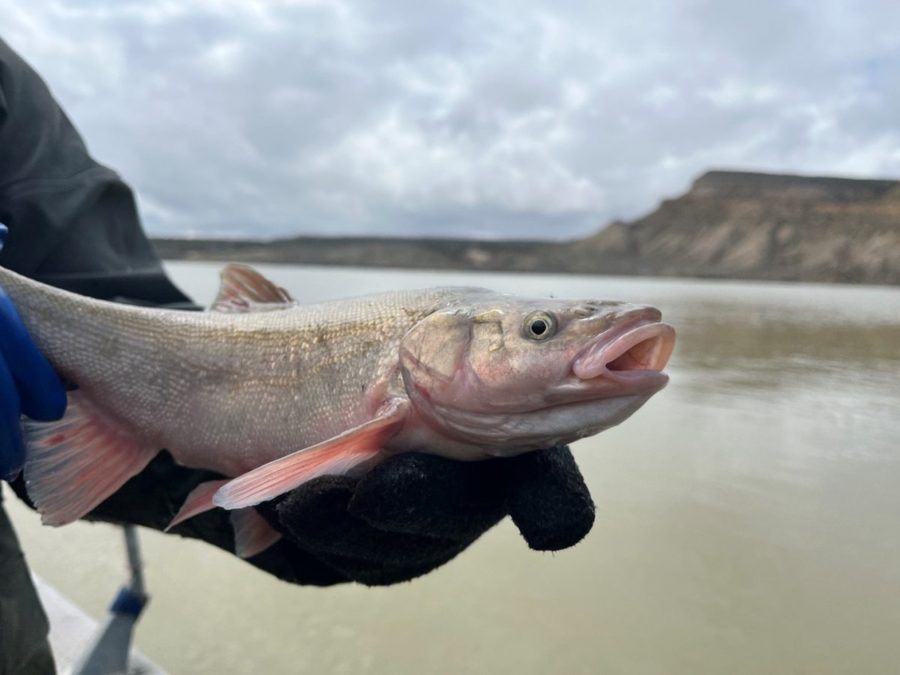
White River Novel Three Species Toe Wood Habitat Case Study
Colorado Parks and Wildlife
This project implements in-stream habitat restoration and enhancement on the Rio Blanco Lake State Wildlife Area in a location that supports one of the last remaining functionally intact communities of Roundtail Chub, Bluehead Sucker, and Flannelmouth Sucker in Colorado. Intensive monitoring will assess the responses of the fish community and habitat and will inform future applications of this methodology for native fish habitat improvements.
Sharing the Beauty and Value of Basin & Range Native Fishes
Freshwaters Illustrated
Working in collaboration with Federal, State, and other partners, Freshwaters Illustrated will produce a short film, video short series, image sets, and educator materials that contribute to and directly support outreach efforts to help raise public awareness and conservation ethos around the beauty, nature, and value of desert fishes, their habitats, and their conservation needs. Outreach products will be provided for use by project partners and also distributed through FWI’s online and video servers (YouTube, Vimeo) and social media (Instagram, Facebook), and their network of contacts with 5,000+ educators.
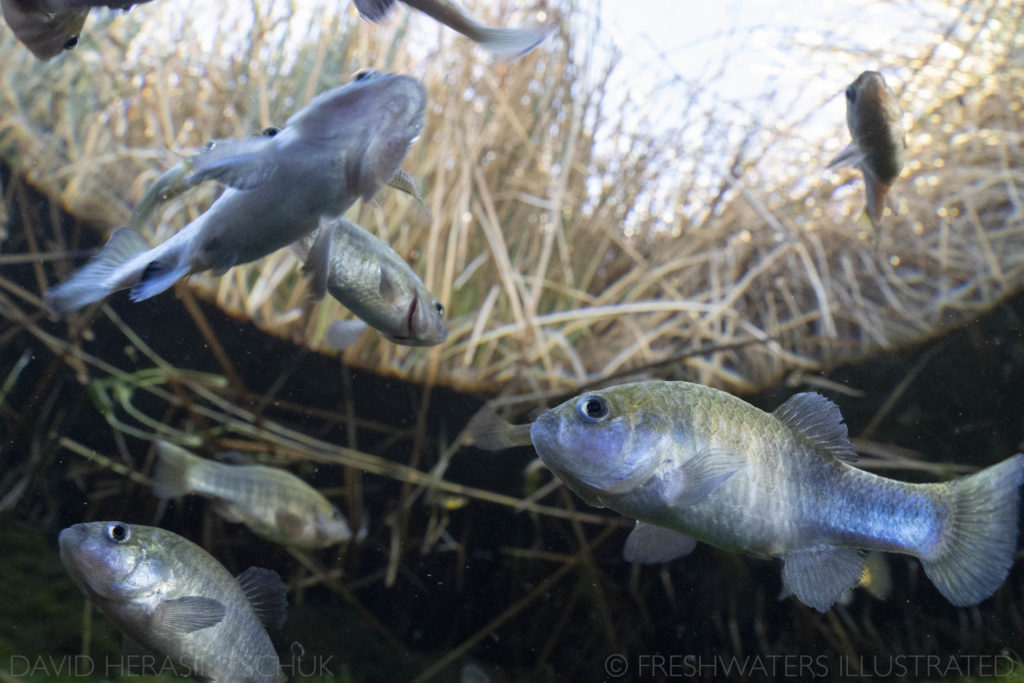
Multispecies Aquatic Assessments
The Desert Fish Habitat Partnership, in partnership with the Western Native Trout Initiative (WNTI) and Trout Unlimited, has developed basin-based multispecies aquatic assessments to highlight the conservation value of watersheds for native fishes within its focal geography that includes 11 states and 179 native fish species. The assessments integrate information on known and modeled native fish distributions, riverine connectivity, and landscape condition and threats. The conservation values for watersheds are scaled between 0 (low value) and 1 (high value) and have been used to evaluate the landscape context of projects proposed to the partnerships for funding – that is, answering the question whether projects proposed to the partnership for funding occur in high values watersheds within a specific river basin.
More information on the Multispecies Aquatic Assessment tool and its development is available here: https://www.desertfhp.org/multispecies-aquatic-assessments.
